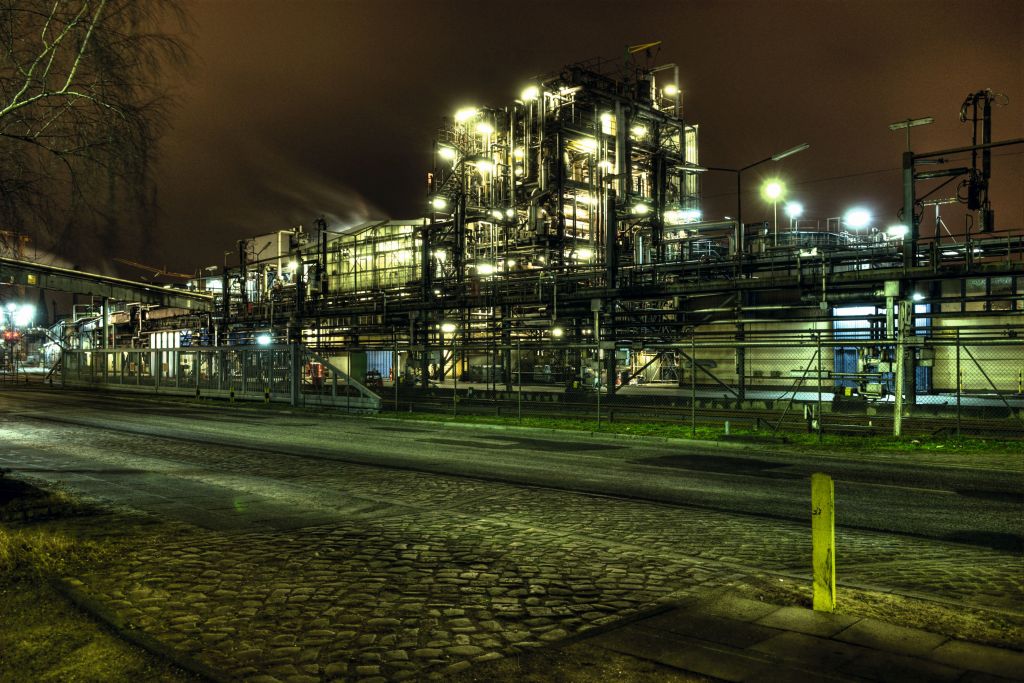Catalytic combustion sensors, also known as pellistors, are the primary tool for detecting combustible gases such as methane, propane, and hydrogen, as well as explosive gas mixtures.
We leverage the advantages of Microelectromechanical System (MEMS) technology to develop innovative pellistors designed for specific applications.
High accuracy, low energy consumption, fast response times, and robustness and reliability under extreme conditions are particularly important for hydrogen sensors used in the automotive and aviation industries. Thermal FEM simulations allow us to test various pellistor designs to ensure they meet the specified requirements before they are implemented in MEMS technology in our clean room or integrated into existing sensor systems. We can optimize existing sensor designs for our customers according to their requirements.
Thanks to their improved material properties and the possibility of cost-efficient small-series production, our pellistors are ideal for use in traditional markets such as mining, energy generation, the chemical industry, and the oil and gas industry. This opens up growth markets such as smart homes and consumer applications, electromobility, hydrogen technology, and infrastructure protection.


